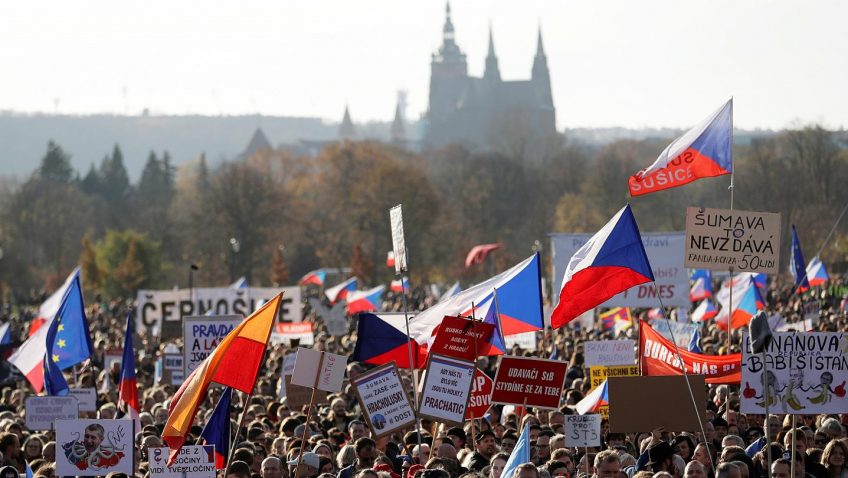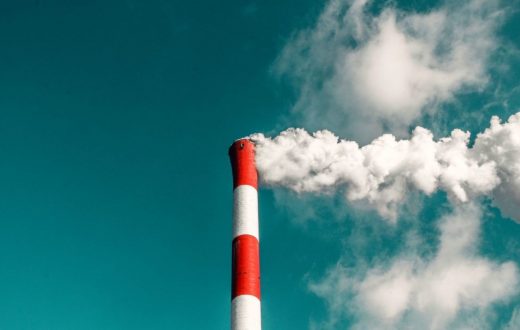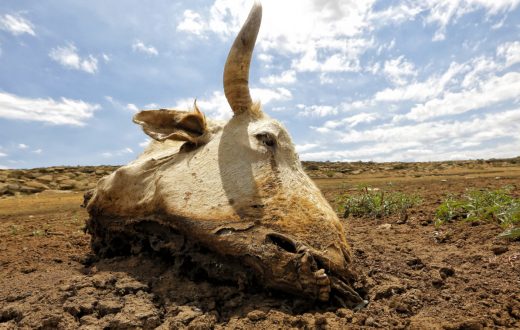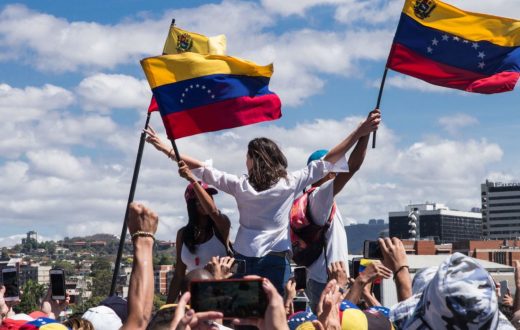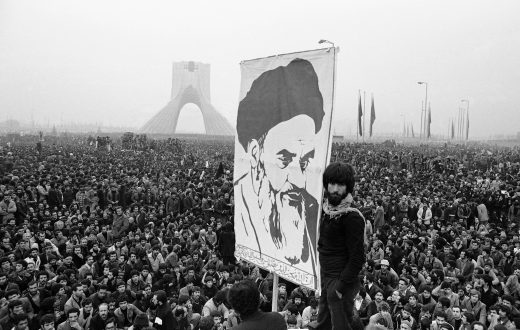In 1989, the Velvet Revolution has ended 30 years of the communist regime in Czechoslovakia. Not many know, that the political demonstrations have started with environmental protests.
Unlike many countries behind the iron curtain, Czechoslovakia (now two independent countries – Czechia and Slovakia) managed to overthrow the communist regime with a zero death toll. The day celebrated as the day of the Velvet Revolution is the 17th of November. However, the civil action that scared the communist officials and encouraged people to gather, started as a protest for the climate in a town of Teplice in the northwest of the country (today part of Czechia).
Coal mining over environmental concerns
The town of Teplice was covered in smog for over a month when dissidents, young students and other brave ones decided to oppose the regime and organise a protest for the climate. The communist regime in Czechoslovakia was overly reluctant to the environment. The mining of brown coal was increasing from the 1970s until the fall of the regime and decreased significantly during the 1990s (detailed data from the Czech statistic office can be found here). To support the production, sulfur was used in brown coal mines. For that, the smog in Teplice was of grey-yellow colour as the sulfur got to the air and rain evaporating from the soil.
By the beginning of November 1989, people in Teplice decided to act. It should be mentioned that organising a protest for the better environment was an act of bravery as the communist party forbid mass demonstrations for most occasions. Leaflets were distributed around the town by two students. The first demonstration took place on the 11th of November, 400 hundred people showed up.
From the reaction of the communist officials, it was obvious that the situation in the repressed country is changing. The police did not push the demonstrations as the officials have sensed the anger of the people. They were no longer willing to live in unhealthy conditions covered by smog just to report higher numbers of brown coal mining.
Four days after protests in Teplice, student demonstrations in Prague overthrew the communist party and brought the nation to democracy.
Czechs and fossil fuels today
Nowadays, not many people know the origins of the revolution. The protests in Teplice showed that the regime was getting weaker every day. People also gained confidence in standing up for their rights to live in a healthy environment.
Soon after the revolution, brown coal production has started to decrease and has been decreasing since. The environment in the Northwest has much improved. However, the Czech opinion on fossil fuels has shifted. As people were inevitably losing jobs as a result of lower production, the public opinion changed. According to public surveys, Czechs are one of the least concerned about climate change in the EU. Even though most of the population claims to be concerned about the environment, the support for fossil fuels and other unsustainable resources remains relatively high compared to other European countries.
Remembering the little stories that helped the nation to gain freedom and established democracy again could be beneficial for today’s debates about climate change and energy resources as those are inevitable questions for society.

